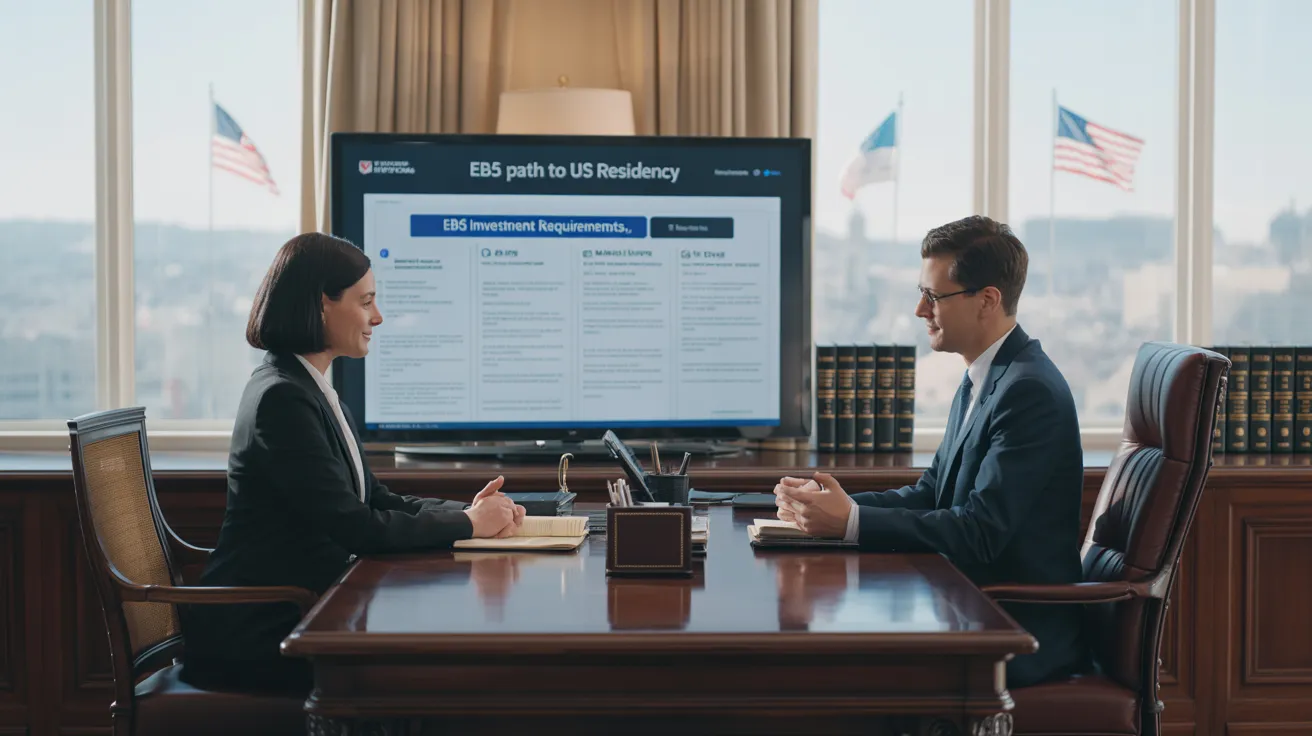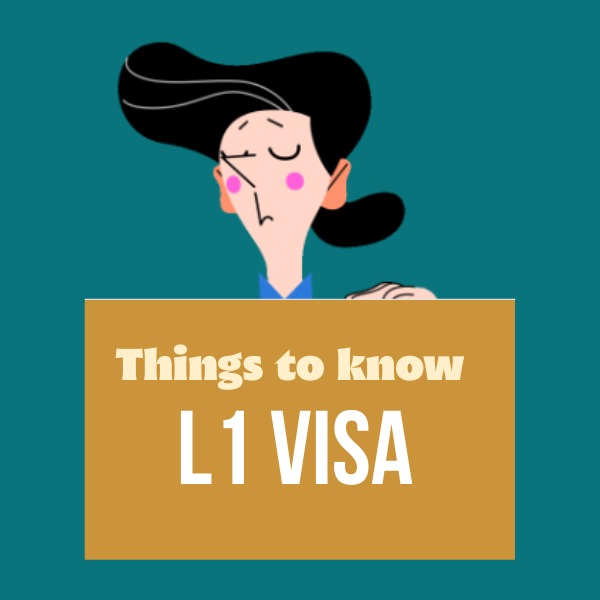Get L1 Visa
Wiki Article
Top Guidelines Of L1 Visa
Table of ContentsHow L1 Visa can Save You Time, Stress, and Money.The 8-Minute Rule for L1 VisaThe Greatest Guide To L1 VisaAn Unbiased View of L1 VisaSome Known Details About L1 Visa The smart Trick of L1 Visa That Nobody is Discussing
Available from ProQuest Dissertations & Theses Global; Social Scientific Research Premium Collection. DHS Office of the Assessor General. Gotten 2023-03-26.
United State Division of State. Retrieved 2023-02-08. Tamen, Joan Fleischer (August 10, 2013).
The Single Strategy To Use For L1 Visa
In order to be qualified for the L-1 visa, the foreign firm abroad where the Recipient was employed and the U.S. firm should have a certifying partnership at the time of the transfer. The various types of certifying relationships are: 1. Parent-Subsidiary: The Parent suggests a firm, corporation, or other lawful entity which has subsidiaries that it has and controls."Subsidiary" indicates a firm, company, or other lawful entity of which a moms and dad has, straight or indirectly, more than 50% of the entity, OR owns less than 50% yet has monitoring control of the entity.
Instance 1: Business A is incorporated in France and uses the Recipient. Company B is integrated in the U.S. and desires to request the Beneficiary. Firm An owns 100% of the shares of Firm B.Company A is the Parent and Business B is a subsidiary. There is a qualifying partnership in between the two firms and Firm B need to be able to fund the Beneficiary.
Firm An owns 40% of Firm B. The staying 60% is owned and regulated by Firm C, which has no relation to Business A.Since Firm A and B do not have a parent-subsidiary connection, Business A can not sponsor the Recipient for L-1.
Instance 3: Company A is integrated in the U.S. and intends to seek the Recipient. Business B is included in Indonesia and employs the Recipient. Company An owns 40% of Company B. The remaining 60% is had by Firm C, which has no connection to Firm A. Nonetheless, Firm A, by official arrangement, controls and complete handles Company B.Since Company An owns much less than 50% of Company B yet handles and manages the firm, there is a certifying parent-subsidiary connection and Business A can sponsor the Recipient for L-1.
Top Guidelines Of L1 Visa
Company B is included in find out more the U.S.The 30-Second Trick For L1 Visa

The L-1 visa is an employment-based visa group established by Congress in 1970, permitting international firms to move their supervisors, executives, or key workers to their U.S. operations. It is commonly described as the intracompany transferee visa. There are two main types of L-1 visas: L-1A and L-1B. These types appropriate for employees employed in various placements within a company.

In addition, the beneficiary needs to have operated in a managerial, executive, or specialized employee position for one year within the 3 years preceding the L-1A application in the international business. For brand-new workplace applications, international work needs to have been in a managerial or executive capacity if the beneficiary is coming to the USA to function as a manager or executive.
Some Known Facts About L1 Visa.

If granted for an U.S. company functional for greater than one year, the first L-1B visa is for as much as three years and can be extended for an added two years (L1 Visa). Conversely, if the U.S. firm is recently established or has been operational for less than one year, the first L-1B visa is issued for one year, with extensions readily available in two-year increments
The L-1 visa is an employment-based visa classification developed by Congress in 1970, allowing multinational business to transfer their managers, execs, or vital employees to their united state procedures. It is commonly referred to as the intracompany transferee visa. There are 2 main kinds of L-1 visas: L-1A and L-1B. These kinds appropriate for employees worked with in different positions within a business.
L1 Visa Fundamentals Explained
Additionally, the beneficiary should have worked in a supervisory, executive, or specialized employee setting for one year within the three years coming before the L-1A application read more in the foreign firm. For brand-new workplace applications, foreign work must have been in a supervisory or executive ability if the beneficiary is coming to the USA to work as a supervisor or executive.for up to seven years to manage the operations of the united state associate as an exec or manager. If provided for a united state company that has actually been functional for even more than one year, the L-1A visa is originally given for approximately 3 years and can be extended in two-year increments.
If approved for a united state firm operational for greater than one year, the initial L-1B visa is for approximately 3 years and can be expanded for an added 2 years. Alternatively, if the united state firm is recently established or has been functional for less than one year, the preliminary L-1B visa is issued for one year, with expansions offered in two-year increments.
Report this wiki page